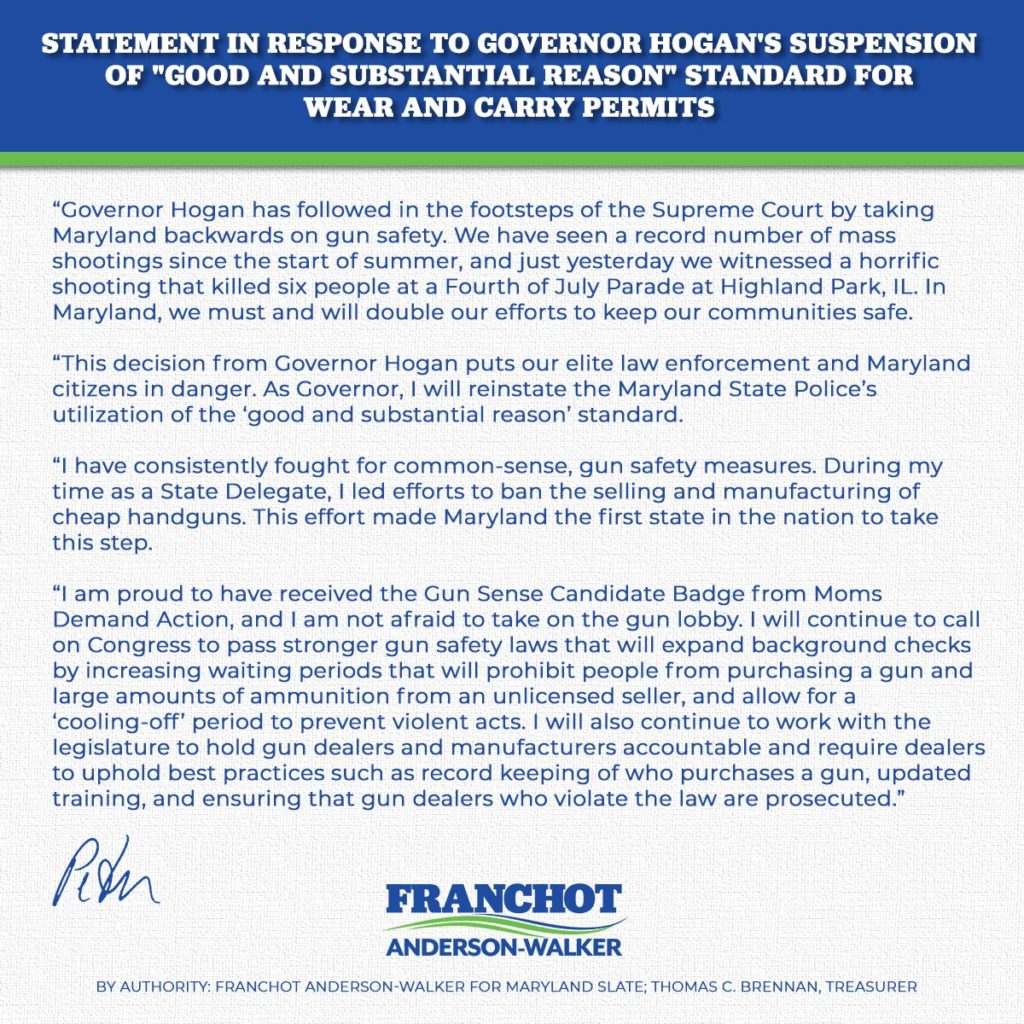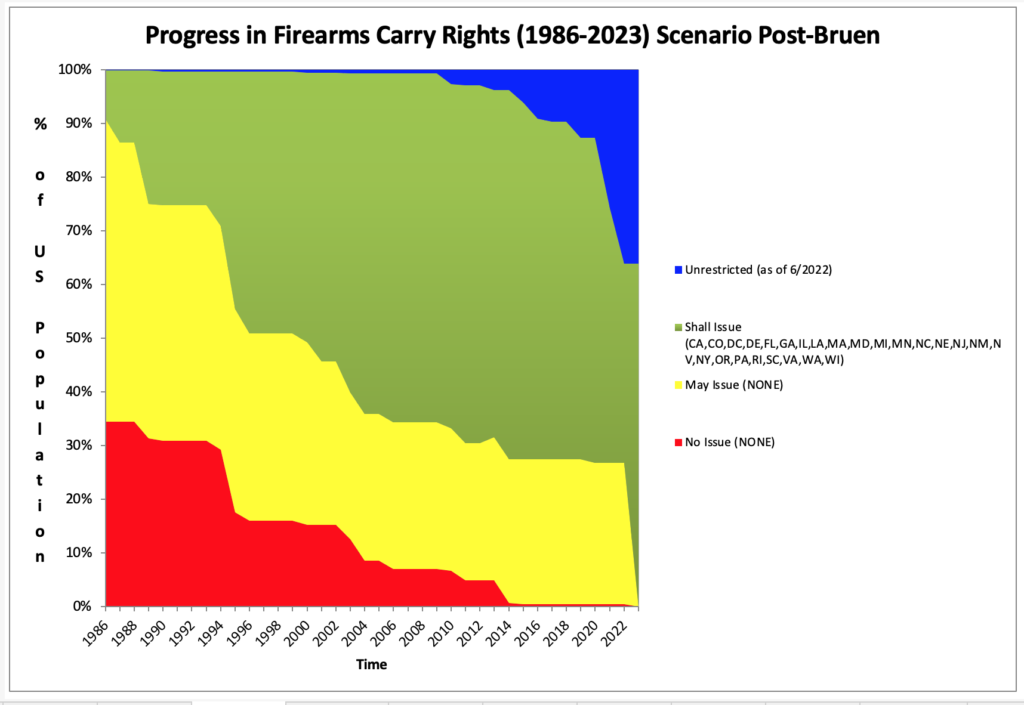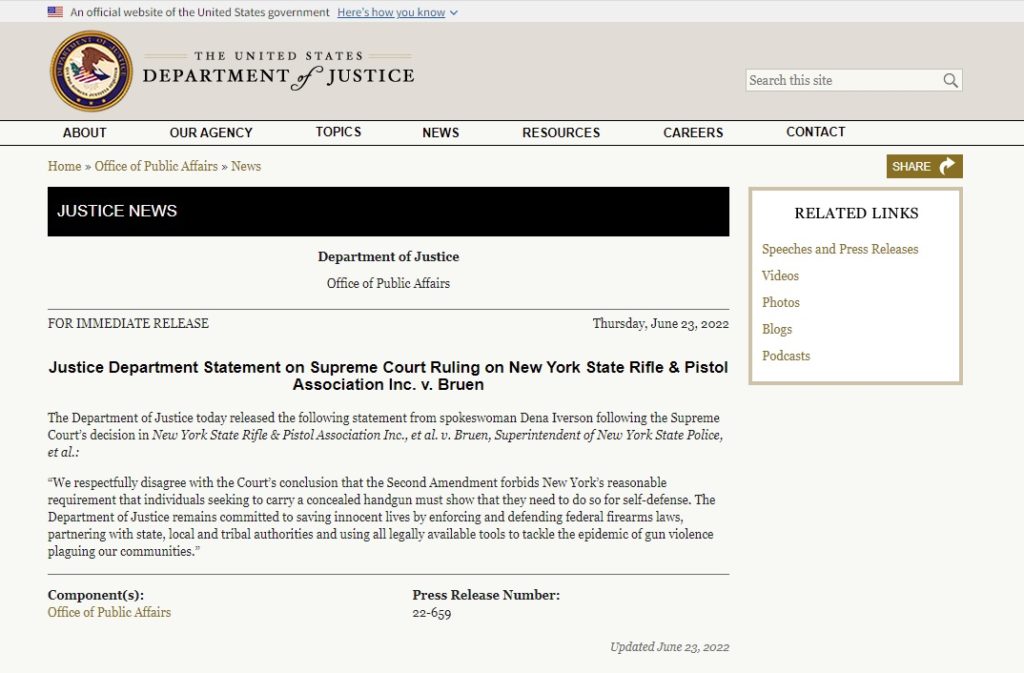Existing California law makes it a felony for a convicted violent felon to purchase, own, or possess body armor. A new bill before the California Assembly would change this so as to make it a felony to commit a violent felony with a firearm while also wearing body armor. Unfortunately, the California Assembly would also make it a misdemeanor for anyone to purchase or possess body armor as well to sell it or deliver it. AB-92 Body armor: prohibition does make exceptions for people in certain professions such as law enforcement, the military, building inspectors, and security guards. However, the average homeowner or non-exempt business owner who wants such protection is out of luck.
The sponsor of AB-92, Rep. Damon Connolly (D-San Rafael), made this claim in support of the bill.
“Simply put, the widespread availability of military-grade body armor helps mass shooters and criminals kill more people,” Connolly said in a statement. “It is clear that the sale of body armor has empowered violent criminals, including mass shooters, to harm, kill, and prolong their rampages. This ongoing and unnecessary epidemic of violence must be stopped and AB 92 will help protect innocent bystanders and our peace officers.”
I was alerted to this new bill by a blog post I was sent from Spartan Armor Systems. I agree with the author of this post that such a bill would not make the average public safer. What really caught my eye in this post was the claim that such a ban would be unconstitutional. That spurred some research on my part.
The Second Amendment says, in part, “the right of the people to keep and bear arms, shall not be infringed.” Justice Scalia in DC v Heller went to great lengths in his opinion to show that “the people” was much more than merely the militia. He said the strong presumption was that the Second Amendment was a right that is “exercised individually and belongs to all Americans.” Thus, it should be assumed that any law which restricts possession of an item to a select class of individuals is suspect.
But would body armor be considered “arms” in the meaning of the word when the constitution was ratified?

The answer is yes. Justice Scalia helpfully points out a couple of early definitions of arms as it would have been understood by James Madison and the other architects of the Constitution.
First, from Dr. Samuel Johnson in his Dictionary of the English Language, 1755, (online edition):
Arms. n.s.without the singular number. [arma, Lat.]
1. Weapons of offence, or armour of defence. (emphasis added)
Second, from Timothy Cunningham in his A New and Complete Law Dictionary, 1764:
Armour or Arms, (Arma) In the understanding of law, are extended to anything that a man wears for his defence, or takes into his hands, or useth in wrath to cast at or strike another. (emphasis added)
In both cases, arms were understood to be more than weapons of offense such as a sword or a musket. Arms could also be a means of defense that was meant to be worn. Thus, a suit of armor or even a chain mail vest would have been understood to be arms at the time of the ratification of the Second Amendment.

If one applies the newer standard of text, history, and tradition as expressed by Justice Thomas in NYSRPA v. Bruen, it seems obvious to me that body armor would be a constitutionally protected “arm” that one could keep (possess) and bear (wear).
One would hope that wisdom might prevail in the California Assembly but that often is fleeting.




